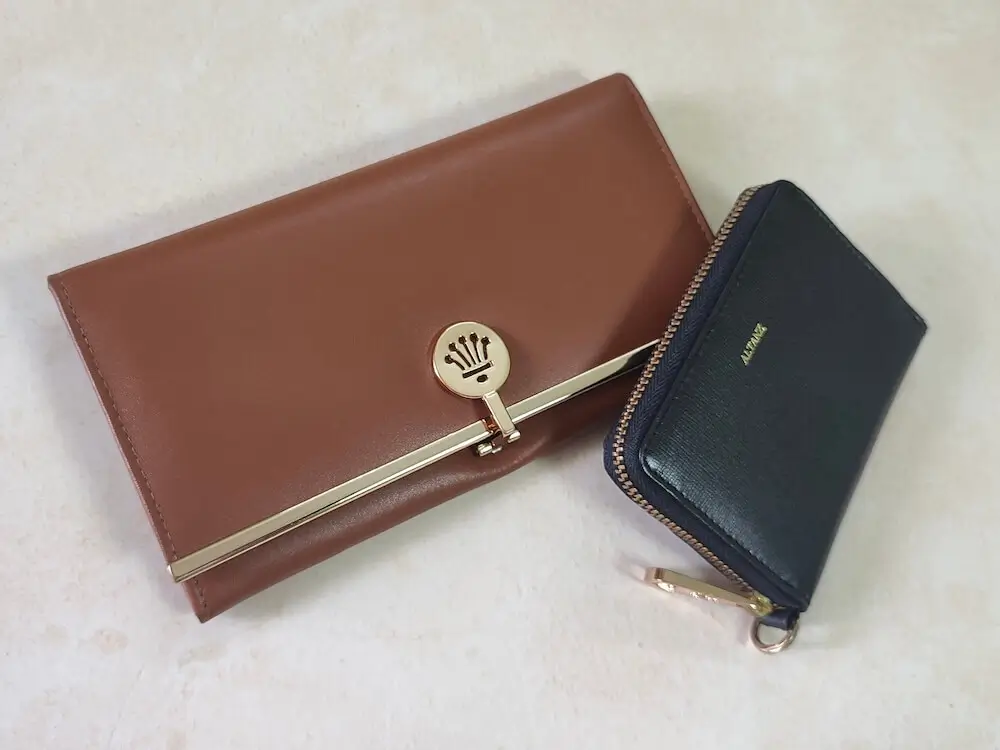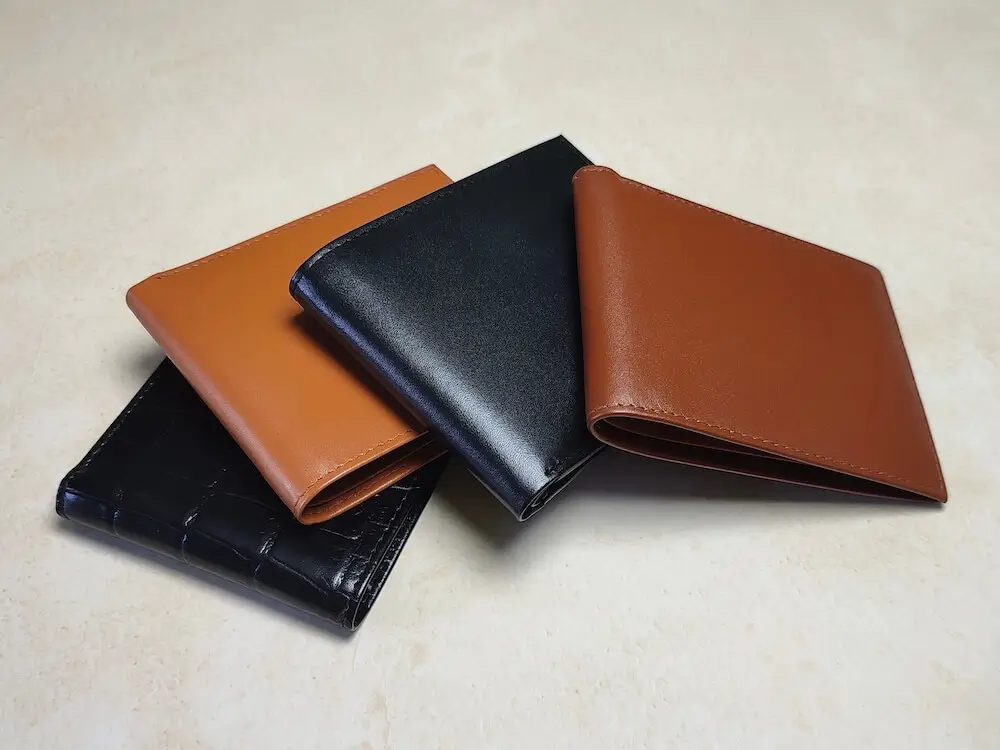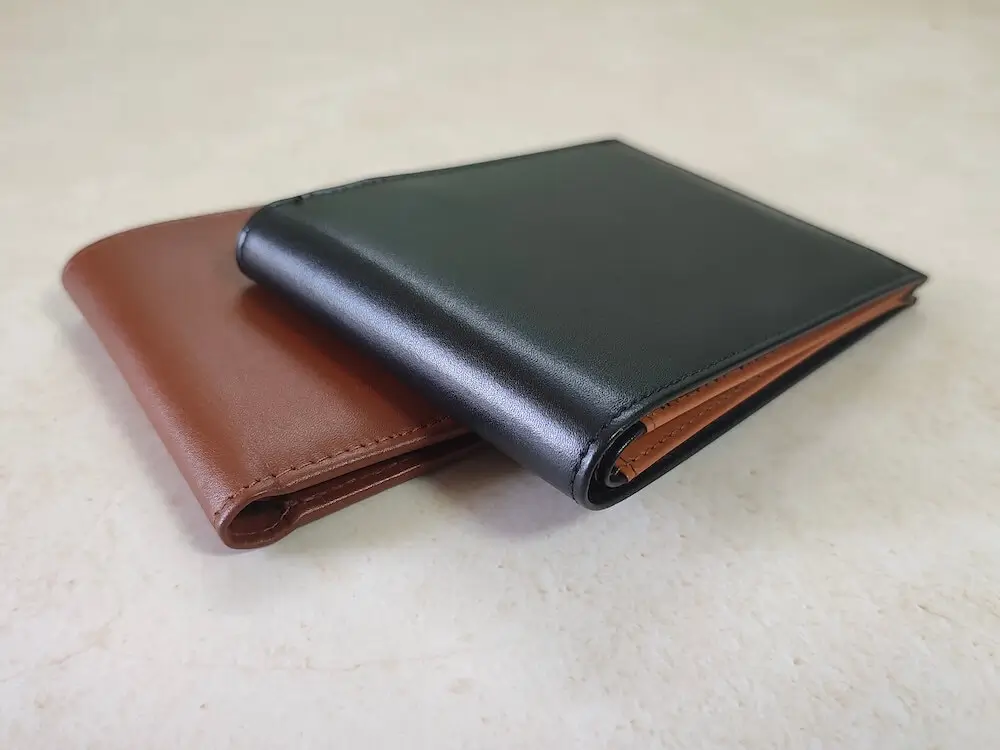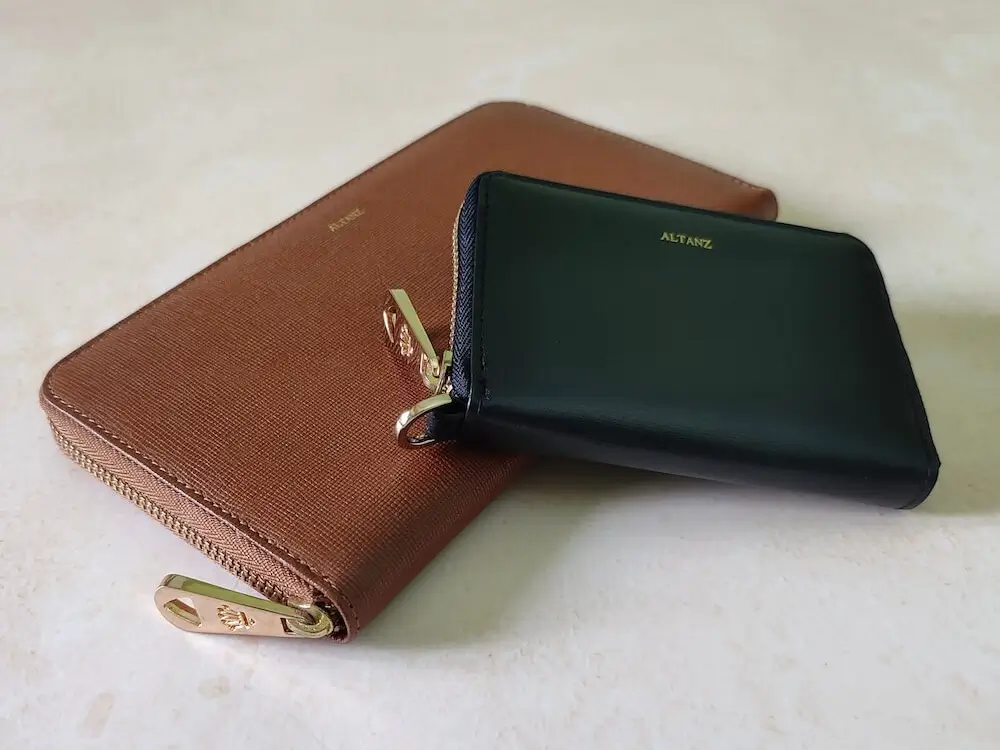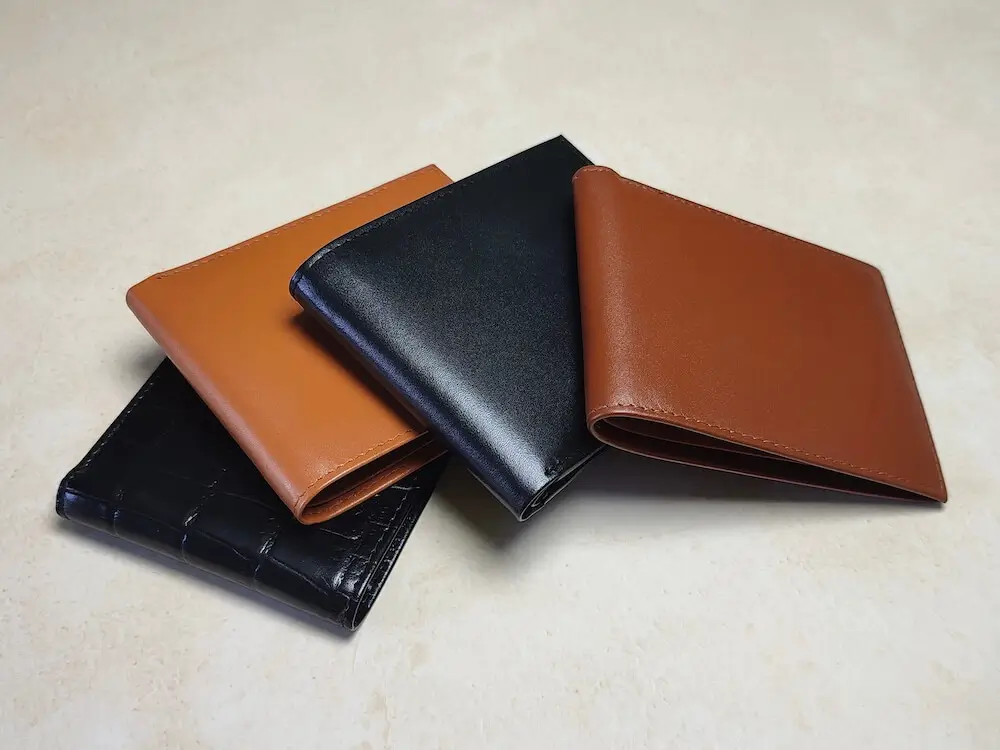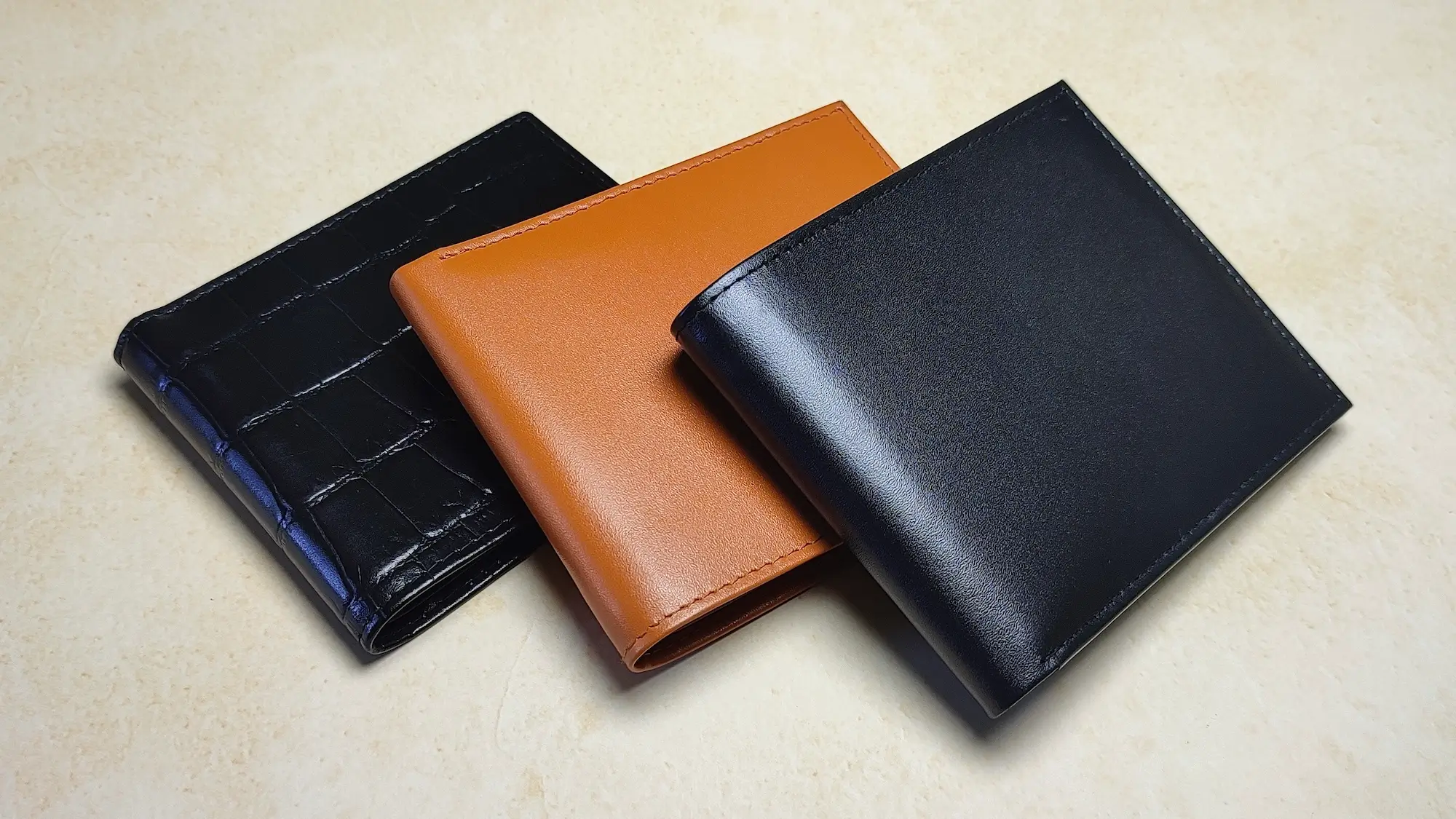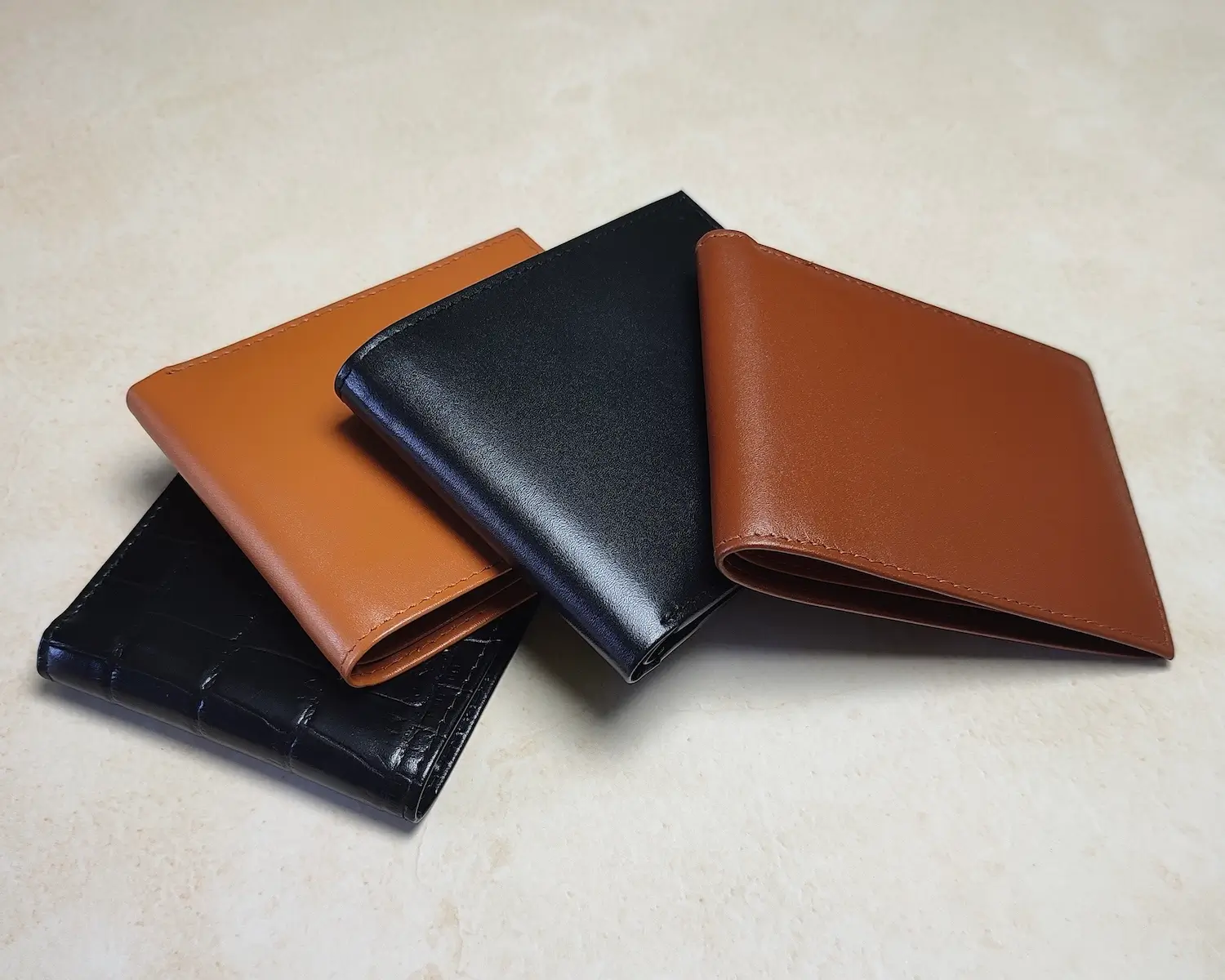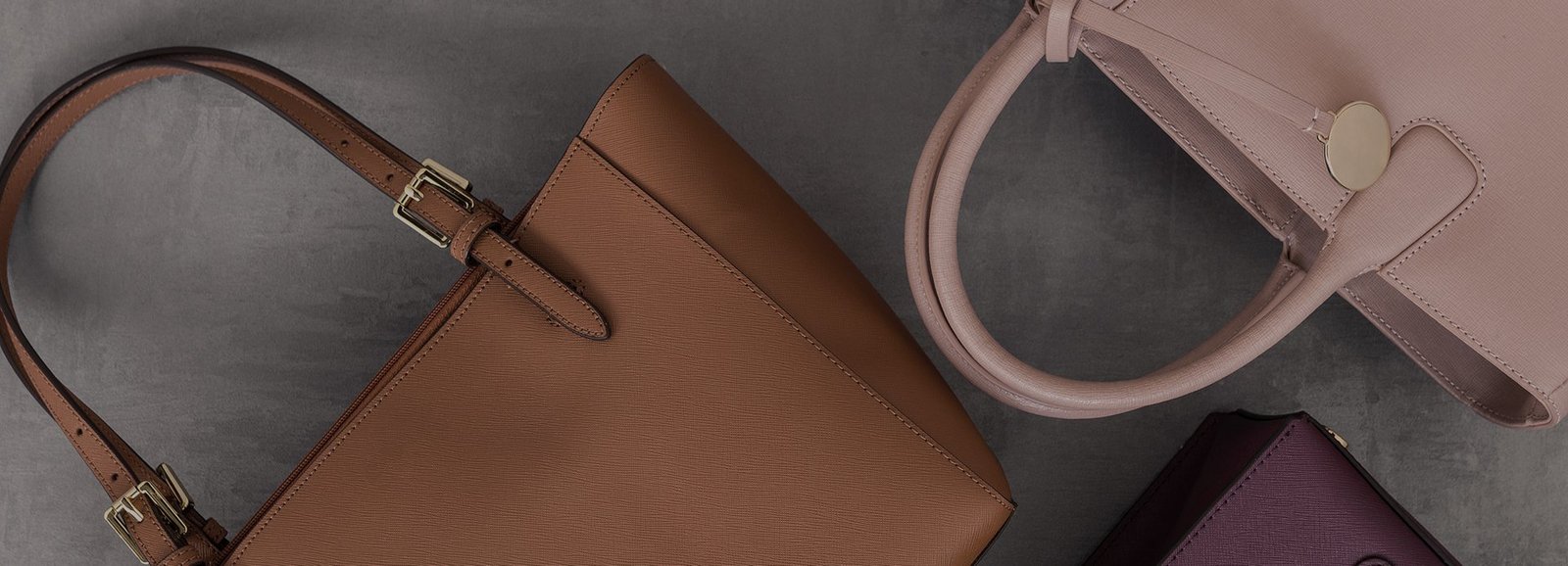Product Guides & Reviews
How to Identify Authentic Luxury Leather Goods: A Step-by-Step Guide
Introduction
Luxury leather goods are more than just accessories; they’re investments in quality, craftsmanship, and timeless style. However, with counterfeit products flooding the market, identifying authentic items has become increasingly challenging.
This guide provides a step-by-step approach to help you confidently distinguish genuine leather goods from imitations.
The Importance of Authentic Leather Goods
Authentic luxury leather goods offer unmatched quality, durability, and value, making them a worthwhile investment for discerning buyers.
Quality and Durability
Genuine leather is known for its superior performance over time:
- Strength: Authentic leather withstands daily wear and tear without compromising its structure.
- Patina: Over time, it develops a beautiful sheen that enhances its character.
Brand Reputation and Value
Owning authentic leather goods reflects your taste and appreciation for craftsmanship:
- Prestige: Luxury brands ensure their products meet the highest standards.
- Resale Value: Genuine items often retain or appreciate in value, especially when well-maintained.
Environmental and Ethical Impacts
Authentic goods support sustainable practices:
- Eco-Friendly Production: Many luxury brands use vegetable tanning and other sustainable methods.
- Ethical Sourcing: Genuine leather is often a byproduct of the meat industry, reducing waste.
Step 1: Research the Brand
Knowing the brand behind a luxury leather product is essential to verifying its authenticity.
Understanding the Brand’s History
Reputable brands prioritize quality and consistency:
- Longstanding Legacy: Established names like Hermès, Gucci, and Louis Vuitton have a rich history of excellence.
- Signature Styles: Familiarize yourself with the brand’s hallmark designs, materials, and finishes.
Checking Official Sources
Always consult official brand resources:
- Websites: Use the brand’s official website to compare details and find authorized retailers.
- Customer Reviews: Genuine customer feedback can highlight potential red flags.
Comparing Logos and Trademarks
Logos and branding details are often telltale signs of authenticity:
- Engravings: Check for clean, precise engravings on hardware.
- Consistency: Authentic logos are symmetrical, with no smudges or irregularities.
Step 2: Inspect the Leather Quality
The leather itself is one of the most reliable indicators of authenticity.
Look and Feel
Genuine leather has distinct visual and tactile qualities:
- Natural Grain Patterns: Look for variations in texture and imperfections, which indicate authenticity.
- Soft Texture: Authentic leather feels supple and smooth, not stiff or overly glossy.
The Smell Test
The smell of leather can differentiate real from fake:
- Genuine Leather: Exudes a natural, earthy scent.
- Synthetic Leather: Has a chemical or plastic-like odor due to artificial materials.
Aging Potential
Authentic leather improves with age:
- Patina Development: Real leather darkens and shines over time, adding character.
- Counterfeit Leather: Synthetic alternatives may crack or peel instead of aging gracefully.
Step 3: Examine the Craftsmanship
Luxury leather goods are crafted with precision and attention to detail.
Stitching and Edges
Check for high-quality stitching and finishing:
- Even Stitches: Luxury items feature tight, consistent stitching.
- Smooth Edges: Sealed and polished edges are hallmarks of superior craftsmanship.
Hardware and Detailing
Premium hardware elevates luxury leather goods:
- Material Quality: Look for heavy, durable metals like brass or stainless steel.
- Engraved Details: Authentic items often include the brand’s name or logo on buckles and zippers.
Interior Lining
The inside of the product is as important as the exterior:
- High-Quality Fabrics: Look for suede, leather, or other premium materials in the lining.
- Clean Finishing: There should be no loose threads or uneven edges.
Step 4: Review the Packaging and Documentation
Luxury brands pay attention to every detail, including packaging and documentation.
Branded Packaging
Authentic leather goods are accompanied by branded packaging:
- Boxes and Bags: Look for sturdy, logo-embossed boxes and protective dust bags.
- Packaging Design: Counterfeit products often skimp on packaging quality.
Certificates of Authenticity
Many luxury items come with documentation:
- Serial Numbers: Verify these on the brand’s official website.
- Authenticity Cards: Check for cards that match the product details.
Receipt Transparency
A legitimate purchase comes with clear documentation:
- Authorized Sellers: Ensure the receipt is from a recognized retailer or the brand’s store.
- Detailed Description: Receipts should include item specifics like model name, color, and size.
Step 5: Test for Water Absorption
A simple water test can help confirm whether the leather is genuine or synthetic.
Why This Works
Authentic leather is porous and absorbs moisture, while synthetic leather typically repels it:
- Real Leather: The hide’s natural fibers allow water to penetrate, darkening the spot momentarily before drying.
- Synthetic Leather: Water beads on the surface without absorbing, leaving no temporary mark.
How to Perform the Test
Follow these steps to test the leather discreetly:
- Select a Hidden Spot: Choose an inconspicuous area, such as the underside or a corner.
- Apply a Drop of Water: Use a small droplet and observe its behavior.
- Check the Reaction: If the leather absorbs the water and darkens slightly, it’s likely genuine.
Note: Be cautious when performing this test on new or highly polished leather goods.
FAQs About Authentic Luxury Leather Goods
-
Why is authentic leather better than synthetic leather?
Authentic leather offers superior durability, develops a unique patina over time, and provides a more luxurious feel compared to synthetic leather, which lacks these qualities and often deteriorates quickly. -
How do I know if a seller is authorized by a brand?
Visit the brand’s official website to find a list of authorized retailers. Avoid third-party platforms unless they are explicitly endorsed by the brand. -
Are there affordable luxury brands with genuine leather goods?
Yes, brands like Coach, Michael Kors, and Fossil offer high-quality leather goods at more accessible price points compared to ultra-luxury brands like Hermès or Gucci. -
Can I identify authentic leather goods without professional help?
Yes, by following steps such as inspecting the leather quality, checking craftsmanship, and reviewing packaging and documentation, you can confidently assess authenticity. -
What should I do if I suspect I’ve purchased a counterfeit item?
Contact the seller or brand directly to verify authenticity. If counterfeit, request a refund or report the seller to prevent further fraudulent sales.
Conclusion
Identifying authentic luxury leather goods requires attention to detail and knowledge of what sets genuine products apart. From examining the leather’s texture and smell to assessing craftsmanship and verifying documentation, these steps ensure you make informed and confident purchases.
Investing in authentic leather goods not only guarantees superior quality but also supports sustainable and ethical practices in the industry. With this guide, you’ll be equipped to navigate the world of luxury leather, ensuring every piece you own is a genuine testament to timeless style and impeccable craftsmanship.
FAQ : Frequently Asked Questions
How to Identify Authentic Luxury Leather Goods: A Step-by-Step Guide
Answer:
Authentic leather offers superior durability, develops a unique patina over time, and provides a more luxurious feel compared to synthetic leather, which lacks these qualities and often deteriorates quickly.
Answer:
Visit the brand’s official website to find a list of authorized retailers. Avoid third-party platforms unless they are explicitly endorsed by the brand.
Answer:
Yes, brands like Coach, Michael Kors, and Fossil offer high-quality leather goods at more accessible price points compared to ultra-luxury brands like Hermès or Gucci.
Answer:
Yes, by following steps such as inspecting the leather quality, checking craftsmanship, and reviewing packaging and documentation, you can confidently assess authenticity.
Answer:
Contact the seller or brand directly to verify authenticity. If counterfeit, request a refund or report the seller to prevent further fraudulent sales.



